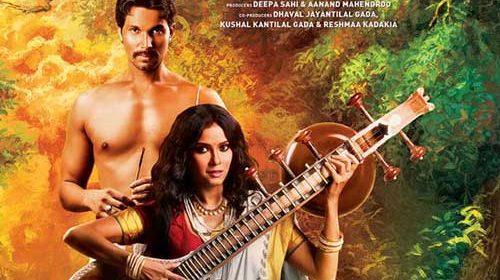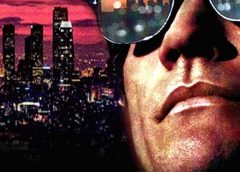Raja Ravi Verma had hiterto been an enigma to the common populace. For a child of all generations for over the centuries. His paintings on Gods have adorned many a temples and private mandirs in millions of homes across India.
Raja Ravi Varma was a renowned Indian painter and artist in the late 19th century who achieved recognition for his paintings depicting scenes from Indian literature and mythology including the epics of Mahabharata and Ramayana.
He is considered among the greatest painters in the history of Indian art and his paintings are considered to be among the best examples of the fusion of Indian traditions with the techniques of European academic art.
The movie is about his life, which was as colourful as his paitings. The movie is recounted as a flashback and the narrator being is his brother, who has been through all his thicks and thins of his life.
The movie charts the rise of an artist with a simple beginnings who was patronised by the Maharaja of Travancore in the 19th century and impressed with his artistic vision, the Maharaja conferred him with the title of Raja and gave him whatever was required to develop his art.
After the death of the Raja, he is called to Bombay by the erstwhile Diwan of Travancore who has now joined Baroda Royal family. He is given a phillip to develop his art.
This is where he meets Sugandha, his muse, and decides to give the Gods and Goddesses a face to make them more real for the common man. As his fame grows, so do his detractors, the so called saviours of the Hindu Religion, who want him to work on their behest, which the artist in him does not agree and the swords are crossed.
In the meantime he is engaged by the Maharaja of Baroda, who commisioned paintings for his Darbar Hall. The artist agrees on a condition that the paintings will be open to the general public too, as he wants to depict Indian mythology in pictures, as was never been attempted before.
He travels the length and breadth of the country to understand the origins of these stories, and is impressed by the refreshing openness of the colourful parts of Indian history, which as shown in context to Khajuraho and Konark. He wants to come up to the people with his art, and wants to give the deprived section of the society Gods to adron their homes.
He ties up with a businessman to make prints of his work and starts a printing press. All this while he is fighting the Hindu radicals, who ultimately drag him to the court. And his misfortune strikes, as his press is burnt by the jealous radicals, the partner who backstabs, and his muse who commits suicide.
The only constant in his life being his friend, the German printer and his brother. And the young Dadasaheb Phalke, whom he financed for bringing cinema to India.
A bio-pic is always a difficult subject to handle. Taking into account sensibilities of all the people concerned and specially on a taboo subject.
Ketan Mehta has been able to bring forth the vision of the spirit of the person upto life. A titilation would have marred the subject, but has been handled very colourfully and aesthetically.
Click on the thumbnails for ENLARGED PICS:
Cast:
Randeep Hooda
Nandana Sen
Triptha Parashar
Credits:
Directed by Ketan Mehta
Produced by Deepa Sahi, Aanand Mahendroo, Ketan Mehta
Written by Sanjeev Dutta, Ketan Mehta
Music by Sandesh Shandilya
Cinematography – Rail Raltchev
Christo Bakalov
Rang Rasiya – Hindi movie review





